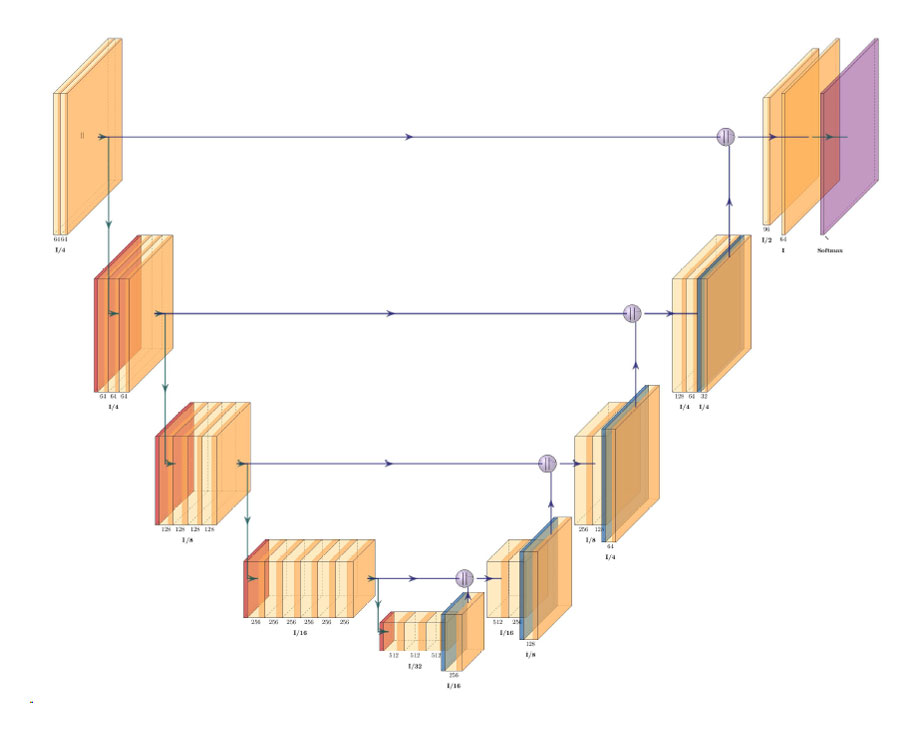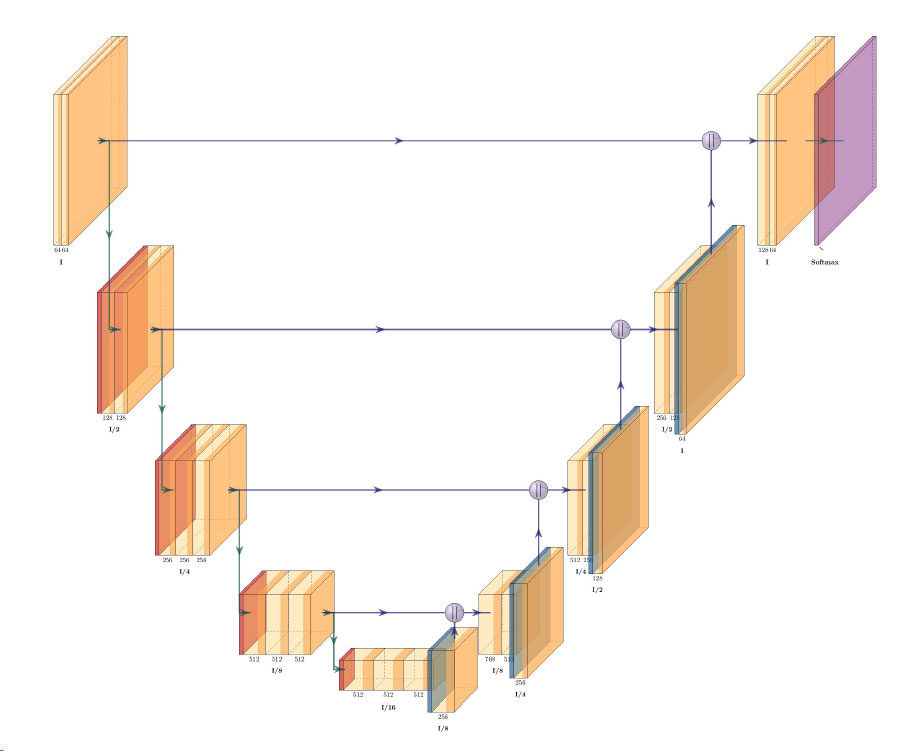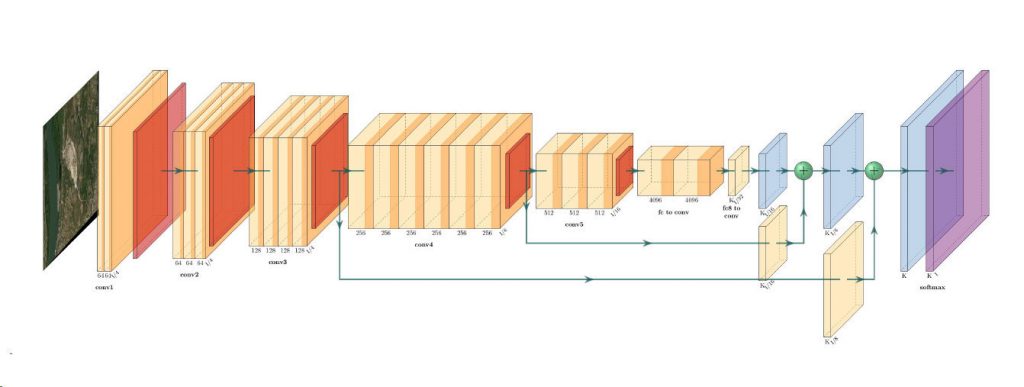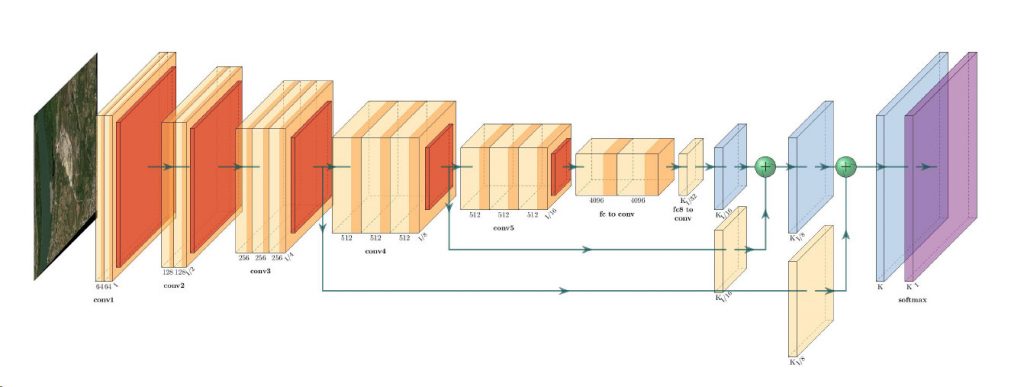THE SOURCE OF POWER: How Satellite Imagery Propels The Energy Sector Into The Future | No statistics could possibly convey the importance of energy to our economies and everyday lives. Nearly everything you interact with on a daily basis has a source of power. Growth in any nation is impossible without massive amounts of energy for development, transportation and agriculture. We currently sit at the crossroads between fossil fuels, renewables, rapid development and increasing safety and environmental concerns. New tools and techniques are being developed daily to better produce energy as well as efficiently monitor and protect current sources. Analysing tremendous amounts of new and degrading inf rastructure requires tremendous amounts of updated reliable data. With pipeline and electrical corridors stretching across vast expanses of land, city-sized solar farms and supply chains that demand ever-increasing security, Location Intelligence (LI) has become one of the biggest tools in the arsenal of energy companies. There is a strong demand for monitoring energy inf rastructure in order to solve the most pressing challenges faced by the energy industry. Near real-time monitoring of both wide areas and specific locations has become crucial to analyse the markets as a whole and react to potentially damaging events. Location Intelligence (LI) also known as spatial intelligence is the collection and analysis of geospatial data that are transformed into strategical insights to solve a variety of business challenges. According to the international mapping and spatial intelligence company, Esri, over 90% of companies claim that Location Intelligence is crucial to their success. As more and more industries undergo digital transformations, geospatial data derived f rom remote sensing (observation made f rom satellites or aircraft) is empowering everything f rom tech startups to vital inf rastructure. What is Location Intelligence? Very High Resolution (VHR) optical satellite imagery can be an essential tool to monitor critical inf rastructure like oil pipelines as it offers recurrent information f rom both a local and global scale. By combining data sources with artificial intelligence and machine learning, further insights can be gained autonomously and in a timelier manner. Advances in these technologies are becoming more affordable for most users, making the exploitation of remote sensing reliable and profitable. Other areas whereupon VHR optical satellite imagery can provide benefits include encroachment monitoring, vegetation control, environmental impact, site exploration and energy market evaluations. 4 “ Earth observation satellites are ideally suited for [inf rastructure planning]... renewable energy systems can be planned even better in the future. ” STEFANIE SCHRADER, PROJECT MANAGER, GERMAN AEROSPACE CENTER (DLR) The “Paris Agreement” has created the need for expanded renewable energy inf rastructure across Europe. The conventional methods of site selection and planning using registry office maps, manual inspections and aerial photos cannot keep up. Cutting edge methods for efficient site selection and planning that utilise satellite imagery in combination with Artificial Intelligence (AI) and big data processing are currently underway. The German Aerospace Center (DLR) as well as many other Earth observation and data analytics organisations are aiming to develop processes for finding the ideal locations for new energy inf rastructure across the continent. Some of these new highly automated approaches utlising VHR satellite imagery include: • Detection of suitable inf rastructure sites based on current land use maps • Wind pattern analysis for projected wind farms • Shade vs. sunlight evaluation for solar farms • Calculations for total rooftop areas available for solar panels 4 PAVING THE WAY PLANNING NEW ENERGY INFRASTRUCTURE 5 WHAT IS VHR SATELLITE IMAGERY? Very High Resolution (VHR) satellite imagery are images of Earth taken f rom space in sub- meter resolution – that is every pixel of the image is under one metre in width and height. VHR imagery can be delivered in different combinations of multispectral bands allowing the user to see more detail than possible with the human eye. European Space Imaging utilises the Maxar WorldView Constellation f rom their ground station in Munich, Germany to acquire imagery at 30 – 50 cm resolution with rapid revisit. Rapid revisit refers to the ability of the satellites to collect imagery over the same area within a short time f rame. 10 M 1 M 30 CM Suitable for large land area coverage but will not provide any details – for example analysing critical inf rastructure Provides some level of detail but will hinder detection and identification objectives – smaller pipes and activity analysis will not be clear The highest amount of detail commercially available and necessary for projects relating to object identification What can multispectral bands do for me? The WorldView satellite constellation has 16 multispectral spectral bands that are focused on a part of the light spectrum and sensitive to a particular feature on the ground. By arranging these multispectral bands in various combinations, additional information can be extracted that is invisible to the human eye, such as material composition, vegetation health and water depth. 5 6 WHAT SOLUTIONS CAN SATELLITE IMAGERY PROVIDE? The power of 30 cm resolution in combination with f requent revisits and rapid delivery are crucial in making informed decisions. The digitalisation of the energy industry has ushered in the need for more data that can be analysed by both humans as well as machines in order to create safer, more efficient and more profitable business processes. Very High Resolution satellite imagery provides comparable results to aerial/drone imagery but at a significantly lower cost and integrates seamlessly into mapping, planning, monitoring and response workflows. The ability to receive and analyse imagery of energy inf rastructure in a remote mountain range on the other side of Earth without leaving your desk has dramatically changed energy analytics. Monitoring inf rastructure in real-time with an incredible level of detail and in combination with third party data sources can prevent damages to pipelines, track inf rastructure construction, control encroachment and predict market fluctuations. Asset Management Near real-time monitoring of inf rastructure for potential hazards or damage in order to prioritise on-site inspections New Inf rastructure Planning Analyse proposed inf rastructure sites for survey data validation and environmental impact studies Market Analysis Monitor activities and equipment at sites worldwide, deriving predictions about competitors and the energy market in whole Digital Elevation Model Stereo VHR satellite imagery is used to make 3D models of terrain, vegetation and structures which is crucial in the planning of new energy inf rastructure such as pipelines. Change Detection 30 cm resolution satellite imagery provides the highest level of detail for automated detection software that can ingest images taken over a period of time and determine changes such as equipment movement. Vegetation Health Multispectral satellite imagery can give insights into the species, growth rates and overall health of vegetation. This information is crucial in environmental impact studies for inf rastructure projects. 7 PROTECTING PIPELINES Using VHR Satellite Imagery Third Party Interference (TPI) continues to be the leading cause of pipeline failures worldwide. Oil and gas pipeline accidents tend to be high-impact events that affect public safety, environmental protection and entire energy markets. Industry leaders are constantly looking for new and innovative techniques for monitoring pipeline Right of Ways (RoW). Advancements in satellite imagery and artificial intelligence allow asset managers to monitor entire stretches of pipelines f rom their desk. Very High Resolution satellite imagery is integrated seamlessly into tailored made mapping and advanced detection software so users can monitor changes in the activity and structures near pipeline corridors. The level of detail that 30 cm resolution satellite imagery provides allows the user to identify and track potential hazards such as heavy construction equipment. This can help to efficiently deploy personnel and resources at much lower costs than aerial and on-site inspections. Why not just use Google? Google Maps is one of the most widely used services on the internet and allows high quality data f ree of charge. Google Earth has significantly lowered the barriers to accessing high resolution satellite images, however it does come with limitations. Data is not current and Google has no publicly available schedule of updates Populated areas are imaged more f requently than rural or coastal areas Images extend only a short distance off-shore – i.e. no images of off-shore oil rigs It is not possible to download geo-referenced images f rom Google Multispectral band combinations cannot be changed to reveal additional insights 7 8 HOW DO I GET VHR IMAGERY? Traditionally VHR satellite imagery could be obtained via an order processing system whereby a user contacts an Earth Observation company. The user either requests a specific area of interest and date f rom the catalogue or order satellite tasking for a future image to be collected. This method of obtaining data is useful for users who require inf requent data or who need new collections. For more demanding users who need continuous access to the whole archive catalog, SecureWatch is the smarter and more cost-effective option that allows users to view satellite imagery right in a web browser or integrate into their preferred software through an Application Programming Interface (API). European Space Imaging offers both traditional and cloud-based imagery delivery options combined with personal customer support to guide users to the perfect image. Traditional Order Processing SecureWatch: Cloud-based Search the catalogue dating back to 1999 or request a new image collection Pay for each image upon delivery Global coverage – no geographical restrictions, simply define area of interest f rom available global coverage Average delivery in less than 48 hours Ability to order imagery with different processing methods (band combinations, pan-sharpening and atmospheric compensation) Satellite Tasking – the ability to request a new image collection at specific location Smarter model for tailored projects or if new collections are needed Stream full resolution imagery dating back to the year 1999 Subscription based service – a yearly price to view, stream and download Global coverage – no geographical restrictions, simply define area of interest f rom available global coverage Instant access to imagery via a user f riendly web interface or API Ability to enhance imagery on screen (band combinations, atmospheric compensation, adding layers and making annotations) Set alerts that notify you when new data is collected in your area of interest Perfect for customers who need a regular access to archive imagery or integration into software solutions 9 APPLICATIONS Measuring Oil Inventory Possibly the only commodity more valuable than oil, is reliable data about oil markets. Satellite imagery can be used to not only map, monitor and track activity at production facilities, but also to measure the actual inventory with an incredible degree of accuracy. Crude oil is typically stored in large cylindrical vessels with roofs that float on top of the oil. Stereo VHR satellite imagery can be used to determine the height of individual floating roofs, therefore allowing for simple volume calculations to be made. This data has tremendous value in energy market speculation. Vegetation encroachment, one of the leading logistical challenges facing utilities providers, causes serious power outages and hinders maintenance and emergency repair efforts. Multispectral stereo VHR satellite imagery allows users to map the height, density and type of plants within power line corridors at significant savings compared to aerial and on-site inspections. As chemical herbicide regulations tighten around Europe, f requent monitoring of problem areas and validation of completed trimming become increasingly necessary. It should come as no shock that renewable resources such as solar and wind energy have seen incredible growth. As these technologies have developed and spread, so have the remote sensing techniques to support them. VHR satellite imagery is being widely used in the solar industry for applications such as monitoring massive, city-sized solar farms and automatic detection of solar panels on houses and buildings. The wind energy industry uses satellite imagery to map water depth and sand bars for offshore farms as well as validating propeller directions f rom their desktop. Vegetation Management Renewables 10 ENERGY SUPPLY DISRUPTION On 14 September 2019, two energy inf rastructure sites in Saudi Arabia were attacked during an airstrike. It was one of the biggest oil supply disruptions in recent history. However, markets remained relatively stable and rebounded quickly thanks, in large part, to satellite imagery. Very High Resolution satellite imagery was collected the day after the attack, allowing analysts to examine the damages and validate the claims made by the Saudi Aramco oil company. Over the following weeks, several more images were collected for tracking repair progress and calculating inventory levels. The level of detail contained in VHR satellite imagery verified that significant portions of the damage were superficial and were able to be easily repaired. Satellite imagery also made it possible to monitor activity at back up oil and gas facilities to ensure uninterrupted supplies. Due to competent crisis management efforts aided by near real-time monitoring with satellite imagery, speculators were able to effectively react to the disruption without overracting. 10 Crisis Management With Satellite Imagery Satellite Image f rom Maxar, supplied by European Space Imaging shows damage to oil/gas inf rastructure f rom drone attacks at Abqaig on September 14, 2019 in Saudi Arabia. 11 CONCLUSION Seeing The Big Picture From Space By remotely sensing f rom their orbits high above the Earth, satellites provide us with much more information than would be possible to obtain solely f rom the ground. In particular, Very High Resolution satellite images offer a unique view of what lays in, on and around critical energy inf rastructure. They provide a cost-effective and simple method of monitoring current inf rastructure and are an indispensable tool for planning new energy developments as well as managing the actions and events that impact the global energy market. From this data you can gain insights for better planning, monitoring, responding and decision making within the energy industry. The Future of Satellite Imagery In recent years there has been a surplus of satellite imagery available. Advances in technology have seen data analytics leverage the power of Artificial Intelligence (AI), cloud computing and machine learning. These advances have a huge potential to disrupt traditional business and provide enormous benefits in the long term. Ultimately the future lies in cloud based multi-source data platforms that have high powered analytics integrated within. SecureWatch is an example of a satellite imagery platform incorporating features pertinent to Earth Observation and providing the user with an tremendous array of analytical tools at their fingertips. In the past we only had traditional methods of ordering imagery f rom Earth Observation companies, however the future of satellite imagery lies in the cloud – that is delivery of images via web browser or API. This interface provides the user with instant access to satellite imagery that can be immediately analysed and manipulated. This is especially important for time sensitive projects and firms with limited geospatial intelligence resources. Arming yourself with the right tools is the first step for any energy provider and one of those tools should be VHR satellite imagery. 12 About European Space Imaging Since the launch of the first commercial VHR satellite, we at European Space Imaging have committed ourselves to providing much more than the world’s highest quality satellite imagery. We provide solutions. Utilizing our multi-mission ground station at the German Aerospace Center, the team of geospatial experts at European Space Imaging are able to bring together unique partnerships, innovative techniques and tailored services to achieve results for any project. European Space Imaging GmbH Arnulfstrasse 199 80634 Munich Germany + 49 089 130 1420 info@euspaceimaging.com www.euspaceimaging.com © European Space Imaging / Maxar

Download the Latest Edition of INCITE
The Source of Power: How Satellite Imagery Propels The Energy Sector Into The Future
The definitive guide to acquiring and using satellite imagery in the energy industry.





